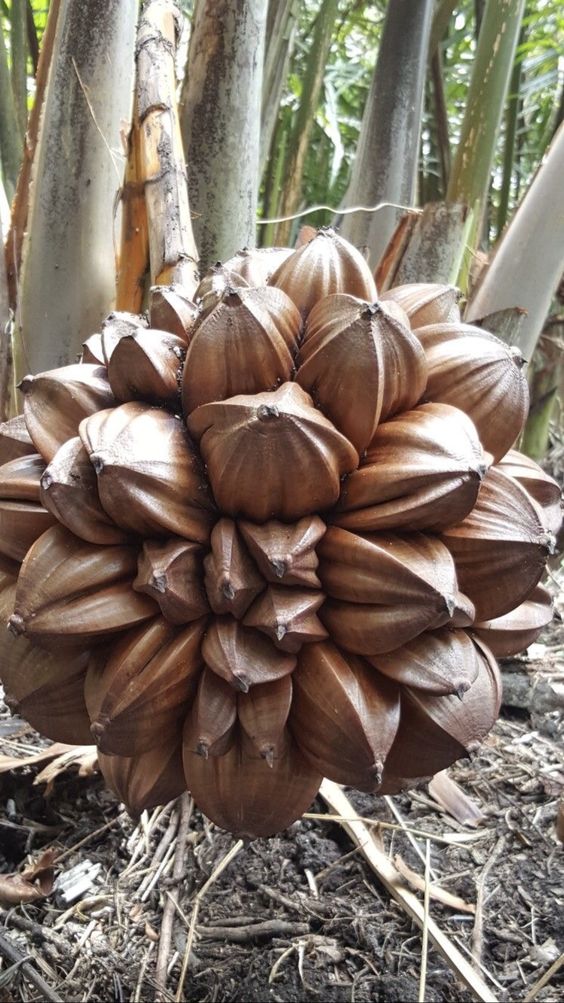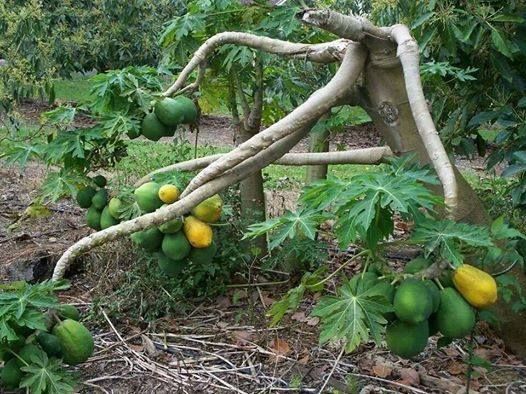Nestled along sandy coastlines and flourishing in the balmy embrace of tropical climates, the coconut palm (Cocos nucifera) is a true emblem of the idyllic landscapes of the tropics. Revered for its remarkable versatility, the coconut palm has sustained human communities for generations, providing nourishment, hydration, and an array of valuable resources. From its roots to its crown, this iconic tree embodies the profound interconnectedness between nature and human livelihoods.

Botanical Features: The coconut palm’s towering stature, characterized by its long, slender trunk topped with a crown of feathery fronds, is an iconic sight across tropical regions. Its robust root system aids in anchoring the tree in sandy soils, allowing it to withstand the forces of ocean breezes and occasional storms. The palm’s unique inflorescence gives rise to clusters of coconuts, each encased in a fibrous husk and containing the precious coconut water and meat.

Culinary and Nutritional Value: The coconut’s influence extends far beyond its visual appeal. Known as the “tree of life,” almost every part of the coconut palm has a practical application. The coconut water, found inside young, green coconuts, is a naturally refreshing beverage rich in electrolytes, making it a popular choice for rehydration in tropical climates. The tender coconut meat is not only a delicious snack but also a source of healthy fats and dietary fiber. From curries and desserts to beverages and oils, the culinary uses of coconut are as diverse as the cultures that embrace it.

Resource Utilization: Beyond its culinary attributes, the coconut palm provides a plethora of resources essential to daily life. The fibrous husk surrounding the coconut is used to create coir, a versatile material utilized for ropes, mats, and even erosion control. The leaves, known as fronds, are woven into thatch for roofing, and their midribs serve as broom handles. The sturdy timber from the trunk can be fashioned into construction materials and furniture, while the coconut shell finds use as containers, utensils, and even as a medium for artistic expression.

Cultural Significance: Across tropical societies, the coconut palm holds cultural significance, often symbolizing sustenance, hospitality, and abundance. Its presence in religious rituals, traditional ceremonies, and everyday life highlights its deep-rooted importance in the fabric of these societies. Folklore and legends often tell tales of the coconut’s creation, further enhancing its status as a revered and cherished natural resource.

Challenges and Sustainability: Despite its myriad benefits, the coconut palm faces challenges due to factors such as climate change, pests, and disease. Rising sea levels and increasingly severe weather patterns threaten the habitats of these trees, making conservation efforts crucial to ensure their continued presence in coastal ecosystems and the livelihoods of local communities.





